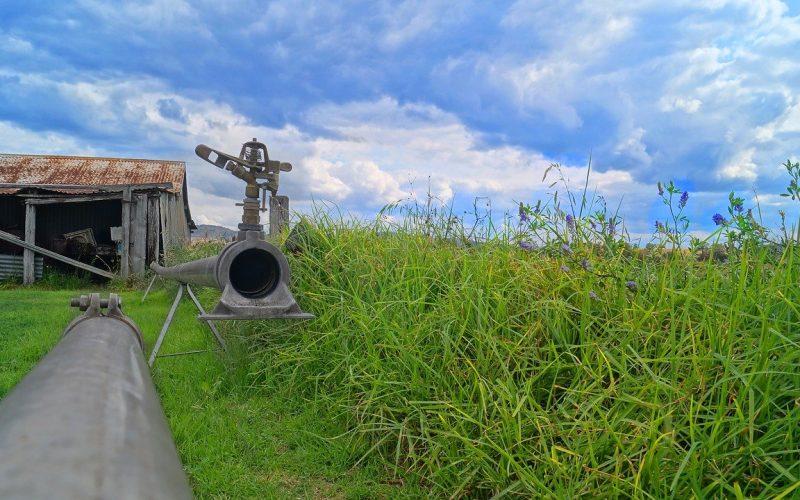Groundwater is a valuable natural resource that roughly equals 30 million cubic kilometers. While it’s a renewable resource, the demands of modern life are causing the aquifers to reduce their availability. This can happen in two different ways: volume reduction and contamination.
The over-extraction of groundwater can cause the depletion of the aquifer before it’s naturally restored by rainfall and absorption. This can cause a shortage in the water supply of a few families or entire towns.

While some aquifers maintain their water volume, it can be affected by other factors. Contamination is a major issue as it’s hard to control and predict. Aquifers are formed by wayward rock formations and pathways.
An aquifer can be contaminated for various reasons, from a badly sealed domestic well to an oil leak or proximity to chemical substances. This article intends to summarize the basic issues of groundwater contamination and present potential solutions.
The issue: groundwater contamination
What elements pollute the aquifers and where do they come from
Despite being one of the main sources of fresh water, groundwater is subject to numerous potential threats. Unless proper action is taken, these threats can seriously affect many people’s water supply. Contamination can come from different places and sources:
Places
- The surface
- The non-saturated zone
- The saturated zone
Sources
- Natural
- Industrial
- Agricultural
- Domestic
We can find air contamination, urban waste, or even runoffs from streets and parking lots at the surface. Agriculture and fertilizers’ waste is also a concerning contamination factor as these substances find their way into the deeper water layers.
Below the surface, other substances endanger the groundwater’s quality:
- Dump percolation
- Drains
- Pipe leaks
- Septic systems
These elements mainly contaminate the area below the surface, i.e., the non-saturated zone. However, in some circumstances, they can also reach deeper and affect the aquifer itself. The 3D animation below represents different ways in which the water supply can be contaminated.
Some factors, like saline intrusion, affect both the non-saturated and saturated zones. This usually happens in aquifers located near coastal areas.
The key issue here is the over-mining of the groundwater resources. If too much liquid is withdrawn before it can be restored through precipitations, the spare space will start to fill with seawater.
Contrary to the previous case presented, this type of contamination starts from the bottom and moves upwards, while the aquifer is progressively salinized.
Why is groundwater pollution difficult to resolve?
To solve the water crisis and groundwater contamination issues, we need to understand the problem. Studying the geological characteristics of the area becomes vital. Water travels very slowly within the ground, and its velocity depends on the rock porosity and permeability of the soil. Hence, pumping devices extract water much faster than it can be restored through percolation. In line with this, cleaning and decontamination processes can only be carried out very slowly.
The solution: fighting groundwater contamination through different approaches
Although there is no definitive solution for groundwater contamination, we can find different approaches that address this issue.
Technological approach
Technology can bring effective solutions for the decontamination of aquifers. It also can help to create more effective ways of water usage. While these solutions can help design a sustainable water supply system, they can also create other problems.

